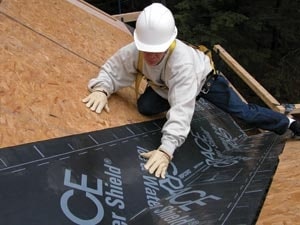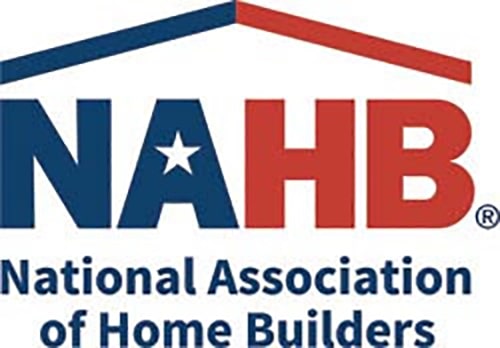 Spring and summer was particularly hard on residential roofs, especially in the midwest, such as in the Indianapolis area as well as the east coast. Many homeowner’s are having their roofs inspected for possible hail damage claims. If your home was exposed to hail storms, and you have not had your roof inspected, you should contact your insurance company to have an adjuster do an inspection. (picture left by Care_SMC)
Spring and summer was particularly hard on residential roofs, especially in the midwest, such as in the Indianapolis area as well as the east coast. Many homeowner’s are having their roofs inspected for possible hail damage claims. If your home was exposed to hail storms, and you have not had your roof inspected, you should contact your insurance company to have an adjuster do an inspection. (picture left by Care_SMC)
If your roof is found to have damage from hail by the adjuster, they will most likely open up a claim and give you an amount they will pay-out for the claim. Review the claim paperwork carefully. There are some items typically missed and left off on roofing claims. Most notably, ice and water shield roof membrane and drip edge. Why? Well, in most cases, it is because your home was most likely not built with these products installed. Drip edge is commonly not present on older homes and ice and the existance of ice and water shield rubberized roof membrane is impossible to verify.
However, both items are relatively cheap insurance against future problems, and come highly recommended by most roofers. In some cases, you may be able to recoup the extra cost to install ice and water shield, as many companies will not install a new roof without it. And it stands to reason insurance companies realize that the addition of ice and water shield in roof valleys at a minimim will cut down on future claims that could be due to roof leaks. So, what is ice and water shield and drip edge? Why does it make sense to consider this beneficial upgrade?
First, what is ice and water shield? Ice and Water shield is a rubberized flexible roof membrane. It is used in areas where problems typically occur: roof valleys and eaves, or overhangs. There are many manufacturer’s of typical ice and water shield, the most notable being Grace Construction Products. The advantages of this membrane is its rubber-like qualities as it can self-seal penetrations, such as roofing nails. It is also flexible so it can expand and contract with the roof decking. The installation of ice and water shield is important protection against ice damming. Ice damming can cause snow and ice to find its way upward and underneath shingles. When the ice melts, the water will find it’s way in your house! Ice and water shield is a great last layer of defense in your roofing system.
Drip edge, like ice and water shield roof membrane, is a worthwhile option to consder when replacing your roof. The main job of drip edge is to allow the water to either run into the gutters or off the roof.
Here is a video that explains more:
 Why drip edge? Well, without it water can quite possibly be blow up underneath shingles or can roll up under the shingle and down the fascia board. Drip edge protects against rot which, if left undetected, can become a major problem and lead to considerable repair expenses. For what it does, drip edge roof flashing is worthwhile, even if not covered in the insurance roof claim report.
Why drip edge? Well, without it water can quite possibly be blow up underneath shingles or can roll up under the shingle and down the fascia board. Drip edge protects against rot which, if left undetected, can become a major problem and lead to considerable repair expenses. For what it does, drip edge roof flashing is worthwhile, even if not covered in the insurance roof claim report.
So, you have your paperwork from the insurance adjuster. You notice ice and water shield or drip edge is not included as part of your pay-out for repairs. What shoud you do? Call the adjuster and ask if it can be added-in for reimbursement. From what we have seen, many adjusters will agree to the ice and water shield, but not the drip edge. Hopefully this will change over time. For the money, these two items should not be left off any roof.














